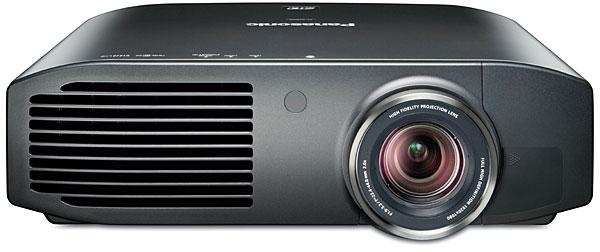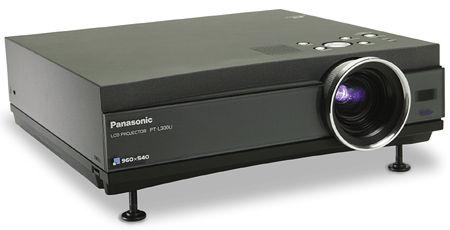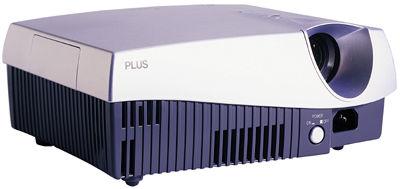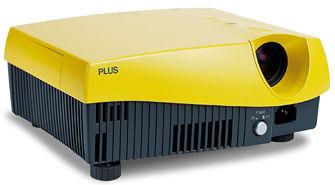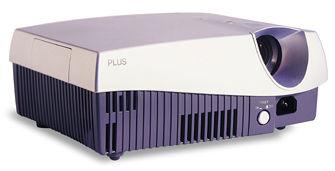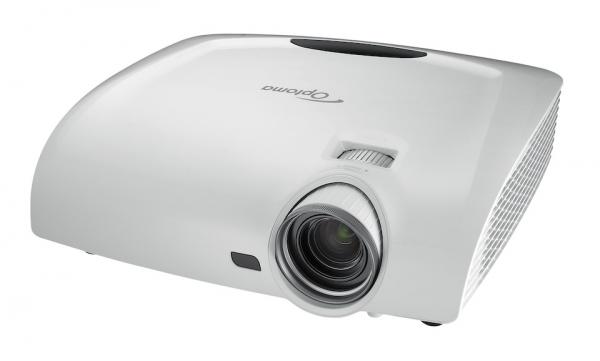Projector Reviews
Sort By: Post DateTitle Publish Date
|
Feb 14, 2013
|
Nov 10, 2003 |
First Published: Nov 01, 2003
|
Feb 11, 2003 |
First Published: Feb 12, 2003
|
Dec 29, 2001 |
First Published: Dec 30, 2001
|
Jan 12, 2005
|
May 24, 2006



